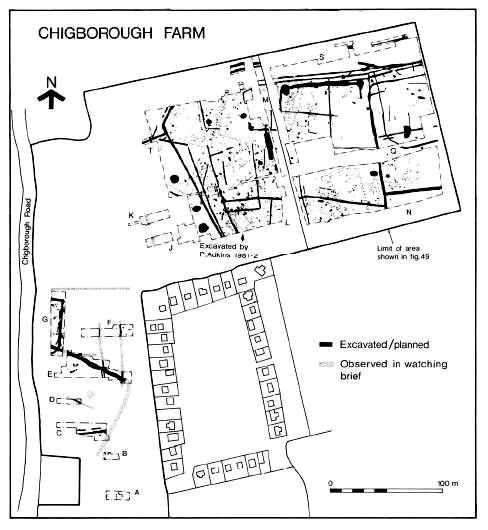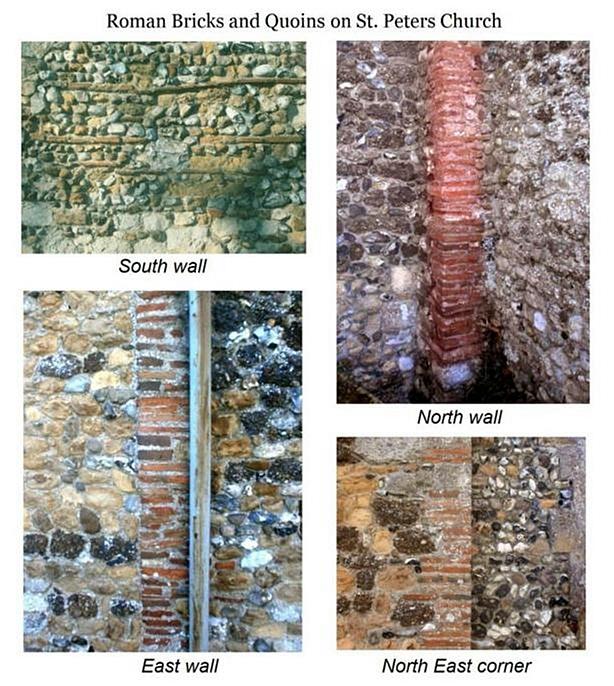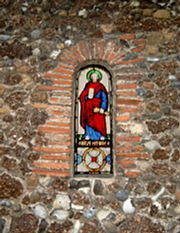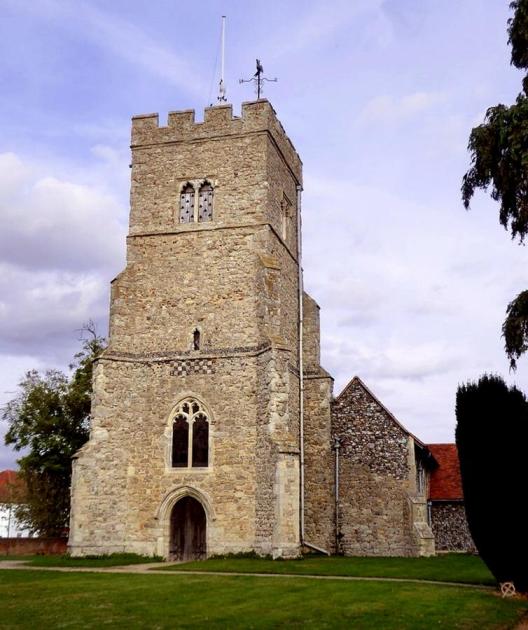|
references on the Goldhanger Past website Our records, and
information available on the web and elsewhere, tell us that there was a
significant Roman presence in and
around the village during the Roman
occupation of Great Britain. This is recorded in many webpages on this
website and it has all been brought together here in with links to the pages
plus short extracts... arranged in alphabetic order of webpage title Bounds
Farm. Roman midden, saltern,.
broken Sagger, etc. Ancient wooden posts in the Creek pieces
of wood was likely to be from the Roman
period...
Beekeeping
goes back thousands of years to the Chinese, the Greeks and the Romans and was prolific in the UK in
medieval times. Commercial Fishing at Goldhanger
and in the Blackwater 40BC-400AD
The Roman period Fish and fishing
played as important a part in the Roman economy. Fresh or preserved, fish was
served at practically every table. The Romans
were known to use fish tanks in their sea going vessels. Fish traps and weirs
were used in estuaries. The Blackwater estuary was the source of fish and
oysters for Camulodunum (Colchester) and Maldon during the Roman occupation
and the Romans exploited the
sea salt resource on Osea Island and at Maldon, most probably used to
preserve their fish. extracts
from… Roman Pottery from
Goldhanger by W J and K A Rodwell published
in… Transactions of The Essex Archaeological Society Vol-8, 1976 In 1968 the
writers noticed four boxes of terra sigillata in Chelmsford Museum,
containing many hundreds of sherds of both plain and decorated wares. The
boxes were marked ‘Goldhanger 1966’ but there were no accompanying records.
After extensive enquiries, it was established that the collection had been
acquired following the death of Mr. H Crawshay Frost, of 32 Fish Street,
Goldhanger. He claimed that
there was a Roman fort at
Goldhanger, based on his finds of pottery; he uncovered a sunken boat in
Goldhanger creek, which he announced as Roman;
he collected various timbers from the marshes which he also thought to be Roman in date and he built a
fireplace-surround in the front room of house No. 32A entirely from Romano-British coarse pottery, none of
any intrinsic value. From the
autobiography entitled `Drawn to Trouble - Confessions of a Master Forgers`
by infamous art forger Eric Hebborn was published in 1991... ...
I should perhaps add archaeology, because in the museum in Colchester Castle
are preserved the remains of a Roman
galley excavated by Mr Frost in Goldhanger Creek.
Lewis's
Topographical Dictionary of England, 1848... The
Romans are supposed to have effected a
landing from the river Blackwater; and
some mounds in the parish show that they encamped here. The King's
England - Essex, by Arthur Mee, 1966... Down by its
sea-wall is a mound of red soil, one of 200 still seen beside the Essex
estuaries, sites of potteries in days before history. In this mound Roman pottery was found in carefully
constructed flues, and the experts say that here some potters settled in
Caesar's day, working an already ancient site. There is no doubt
that the Romans were here, for
their bricks are in the church walls, set here by Norman hands. Goldhanger
Historic Settlement Assessment by Teressa O'Connor, Essex County Council, in
2007... Cropmarks and
other evidence indicate that the area of the lower Blackwater was occupied
throughout prehistory. Goldhanger sits within this swathe of cropmark
complexes ... The stretch of coast along the Blackwater at Goldhanger has one
of the highest densities of red hills dating from the late Iron Age and Roman period. Ancient
wooden posts in the Creek... A Roman pier - a letter in Essex
Countryside of 1970 recorded that a Roman pier was uncovered in
the Creek in 1947. A barrier placed
at or near the pier in the 1950s by Crawshay Frost to gain access to what he
believed was a buried Roman
ship Goldhanger – an estuary village
- by Maura Benham in 1977 on
page-10... The Romans knew
the district. They established a road straight from Colchester to Heybridge,
about four miles west of Goldhanger, making a river crossing to their station
at Othona on Bradwell Point, and some Romano-British structure stood near the
head of the creek. 400
BC The
Romans were in the Creek and close by 400 BC The
seawall was started by the Romans Local highways & byways in the past when
the Romans occupied Britain
they introduced the efficient rectangular patchwork of fields with boundaries
predominantly north/south - east/west.
The
two Doomesday book versions of the name look somewhat like Roman place names: Goldhangram
and Goldangŕa - and there are
many connections to the Romans
within the village The Walnut Trees in Goldhanger several
reasons have been put forward for their presence here … o they came with the Romans who settled in the area Over the
centuries the island has had many names and variations of spellings, some associated
with the island’s Roman,
Danish/Viking and Saxon past. 100
AD The Romans built the Causeway, saltworks and pottery Salt extraction in
the Blackwater 100AD The Romans
exploited the sea salt resource on Osea Island and at Maldon 200AD A Romano-British
settlement was close to the Goldhanger Creek 1922 The Inventory of the Historical
Monuments in Essex, Vol-3: North East, reported...
Extensive
excavations of the Red Hills were carried at Bounds Farm In the early 1900s,
and the report (Proc. Soc. Ant., XXIII, 69-76.) puts forward the theory that
the seawall there was in Roman
times and even before some of the Redhills were formed. It was the
opinion of the excavators that while the Red Hill itself had been built on
the open marsh, the mould could only have formed after the sea-wall had been
constructed. Hence they would assign a pre-Roman date to the Hill itself, and
conjecture the seawall to have been built possibly in Roman times. The Roman
occupation of a Red Hill, of which this is the only recorded instance, may
possibly have been due to a recrudescence of the industry. Roman material has been identified in the Church
building.
From
British Listed Buildings online: Roman brick and tiled north quoin.
19/20th-century 2 light window with 2 centred head to chancel. 12th-century
round head window with jambs and arch of Roman brick to north wall.
19/20th-century 3 light window with segmental pointed head to east and south
walls of south-chapel. Nave north wall has 19/20th-century 2 light windows
with tracery under square heads. 16th-century moulded labels representing the
4 winged beasts of the Revelation, the lion, the calf the human face and the
flying eagle. Between these windows is a 12th-century window similar to that
in chancel wall. East quoins of Roman
brick and tile.
There are several
possible origins of the Chequers name.
The Romans are said to have
brought the name and the chequered sign into this country to signify an inn
or ale house. In
the 1947 Crawshay Frost removed this large piece of wood from the Creek with
the help of a group of teenage boys, which he claimed was the keel of a Roman ship. From
the Estuary: A Roman dagger and Roman Coins
|
||||||||||





